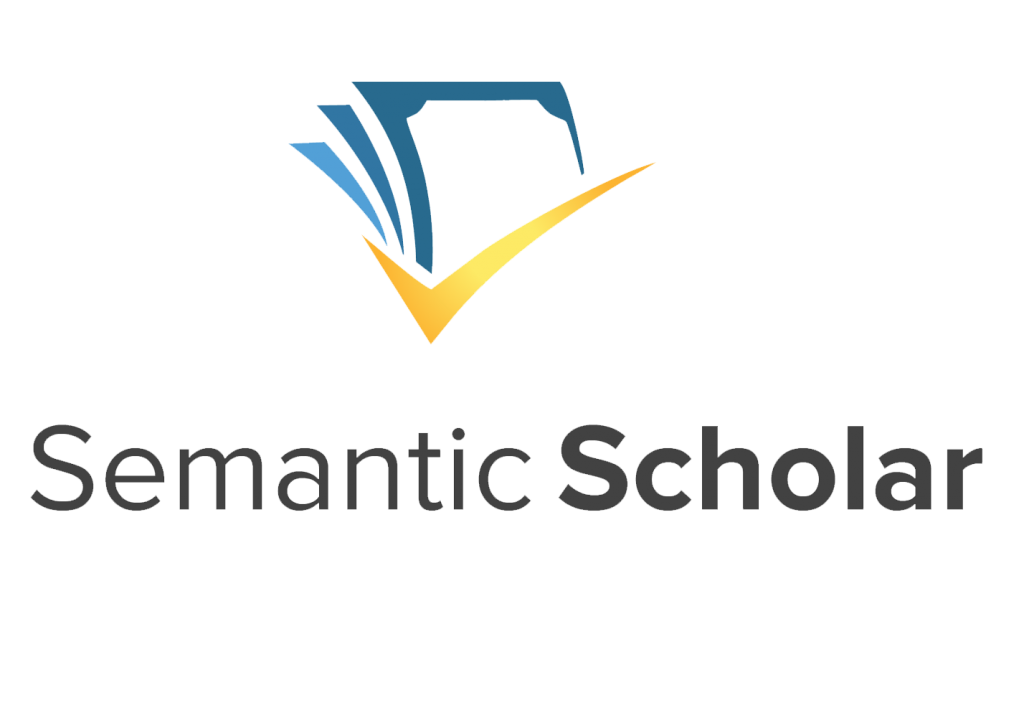AI and Teacher Empowerment: Enhancing Professional Development and Classroom Efficiency
DOI:
https://doi.org/10.59828/ijsrmst.v3i5.212Keywords:
Large Language Models (LLMs), Artificial Intelligence (AI), EducationAbstract
Currently powerful Large AI models (with trillions of parameters) have become a transformative mechanism for performing interactive language-based tasks between human and machine (Tan et al., 2023). Given that the majority of interactive applications involve engaging dialogue between teacher and student, there exists a natural penetration between this emerging technology and classroom teaching. However, despite this potential synergy, implementation and integration of these models into current teaching practices remains challenging.
In the context of these challenges, research programmers are formulated by visualizing the effectiveness of classroom-based LLM interactive applications in a diversified manner. New datasets and standards with meaningful evaluation are provided to foster corresponding research communities. Also, a unified framework is given to facilitate the adoption of pre-trained LLMs for creative mainstream educational QA tasks. This comprehensive framework supports processing lengthy conversation text data and condensing messy informative text into well-organized tabular formats. Furthermore, from text-to-tabular processing, basic and extended tasks with diverse tangible applications are formulated, including improving inquiry efficiency, mining more informative dialogues, enhancing teaching compliance checking, and moderating student safety risks in large-scale synchronous interactions with AI (Guo et al., 2021).
Downloads
Published
Issue
Section
License
Copyright (c) 2024 International Journal of Scientific Research in Modern Science and Technology

This work is licensed under a Creative Commons Attribution-NonCommercial 4.0 International License.










